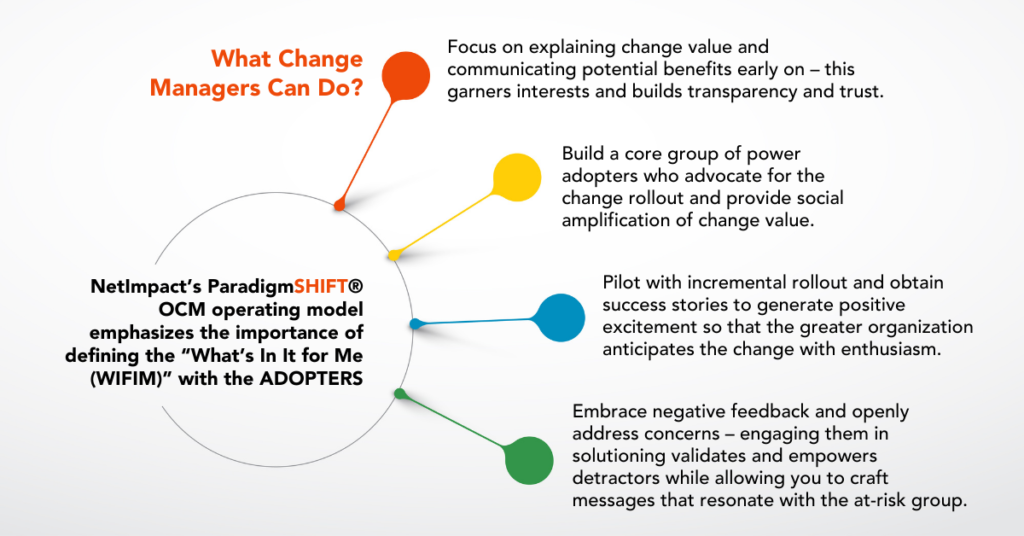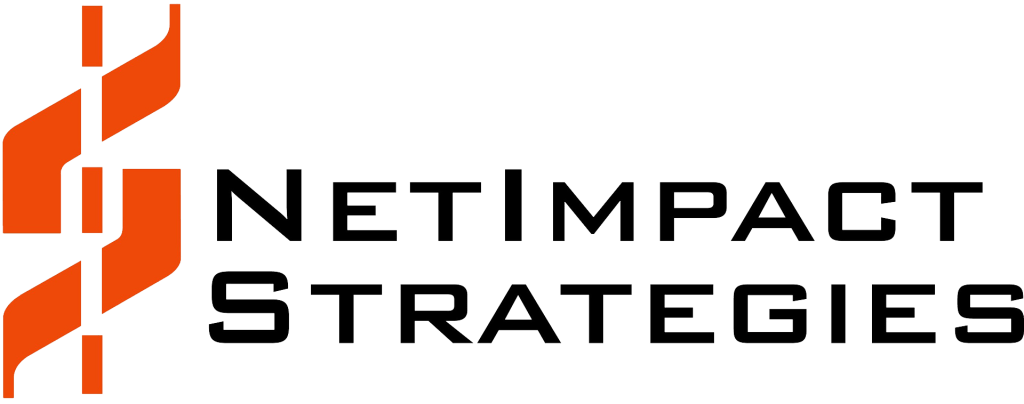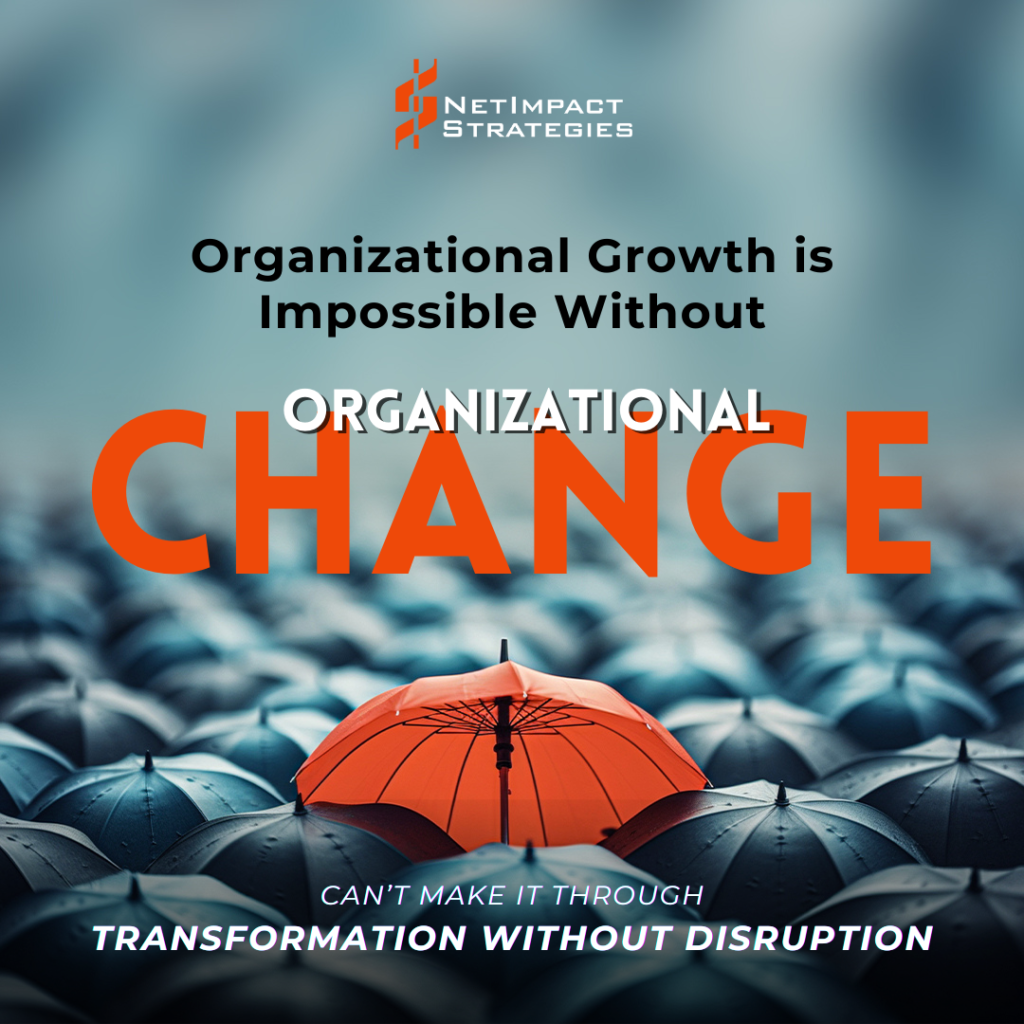You can’t make an omelet without breaking some eggs and you can’t make it through a transformation without the disruptions.
As the new calendar year unfolds, so does the opportunity for us to self-assess and evolve. Just like our personal resolutions drive individual growth, embracing change becomes the cornerstone of organizational progress. We are in an era of rapid change because globalization has escalated competition to new heights. Technological advancements, market transformations, and the evolution of societal expectations beget proactive, future-forward changes from organizations. Change favors the adaptive. Change favors the responsive. Change favors the prepared.
Organizational Change Management (OCM), sometimes also enterprise change management (ECM), refers to the coordination of the activities within an organization to ensure a large-scale change is successfully implemented. The change typically alters a major component of its organization, which can encompass anything from the organizational structure and culture, major underlying technologies or infrastructure it uses to operate, or its internal processes to realize a specific business benefit.
Kurt Lewin, a social scientist who pioneered the field of social conflicts, group dynamics, and learning, is the earliest credited theorist for change management, dating back to the 1940s[i]. Numerous thought and business leaders followed in subsequent years, with the prevailing models, processes, and theories being Rogers’ 1962 Diffusion of Innovations, the Kubler-Ross Change Curve® from 1969[ii], Kotter’s 1995 Eight-Step Change Model[iii], and the Ackerman and Anderson’s 9-Stage Model[iv] or Prosci’s 3-Phase Process from the 2000s. Yet 70% of change initiatives fail, and Leadership IQ reports in Why CEOs Get Fired that mismanagement of change was the top reason chief executives themselves failed[v].
Although it’s unclear whether the problem lied in the methodology – perhaps because theories were based off grief studies[vi] or individual psychology theories that do not scale – or the execution, what is abundantly clear is that we need to change the way we manage change.
The Significance of the Change is also the Challenge of the Change
In KPMG’s survey of 400 tech executives, 51% report that their digital transformation efforts haven’t delivered the expected performance or profitability gains…but the problem wasn’t technology. Cultural issues introduced into the workforce such as reduced communication, lack of trust and respect among team members, unclear roles and responsibilities, poorly defined goals and priorities, unhealthy team dynamics, and skill gaps hindered both productivity and the success of these initiatives. As businesses invest in emerging technologies to drive growth and innovation or manage their culture for a modern workforce, a conscious effort towards OCM becomes critical to navigate the interplay connectedness between strategy, processes, culture, technology, and people. OCM serves as the transitional bridge between vision and reality, and proper OCM guides adopters on a journey from strategy through execution.
| OCM guides an enterprise in modifying the thoughts, actions, activities, and behaviors required to bridge the chasm between the reality the mass experiences and the vision that a select few imagined. |
When organizations often fail to bridge the gap between strategy design and delivery, executives are disconnected from execution, and the workforce is disconnected from the vision. Despite the increasing recognition of OCM value, professionals continue to find it challenging to get the desired support in their organizations.
Government agencies especially face several challenges like – allocation of the limited inhouse workforce, budget, time, employee engagement, training, increased workload, turnover, recruiting, and market progressions. Then there is also resistance to change that exists while any redesigning of organizations. There has been a decline in employee willingness to embrace change resulting in ‘change fatigue.’ Gartner® indicates that the percentage of employees who support organizational change has significantly dropped from 74% to a mere 38% between 2016 and 2022. These findings highlight the importance of implementing effective change management strategies that mitigate change fatigue. Although activities such as restructuring, departmental and corporate mergers, and implementing technologies may bring about disruption, they play a role in unlocking potential missions or business achievements in an increasingly complex and competitive world.
| One-Size Doesn’t Fit All There are Different Types of Changes…so Why Do We Apply the Same Processes? Mission-driven changes help reshape an organization’s core purpose and values. Strategic changes align capability and operations with long-term goals and market shifts. Operational changes optimize day-to-day processes for efficiency and effectiveness. Technological changes introduce innovations or modernize tools to better prepare the organization. DXOCM® provides a change strategy tailoring congruent with the type of change. |
Disruption is not Destruction
Organizational change is not an easy task and can be messy, it isn’t about passively navigating turbulence; it’s about dancing with the storm. Disruptions like restructuring or technological leaps aren’t obstacles but brushstrokes on a canvas of transformation. Of course, there will be splatters and spills – like cracking eggs for an omelet. Welcoming disruption with agility and empathy is the secret sauce to impactful transformation. How do we accomplish that?
Disruptions naturally activate a negative response and trigger our instinctive resistance. An unexpected road closure on the same route to work we’ve taken for a decade immediately frustrates us (although some manage this better than others and get over the stressor more quickly). I-66’s constant construction may still be irritating, but because it’s expected for regular commuters, they don’t fly into immediate road rage each time they enter it. It comes down to managing expectations.
Making smaller adjustments and keeping a closer temperature check flattens the learning curve and facilitates the change rollout and adoption without overwhelming our body’s resources. Taking an iterative approach to rolling out the change enables the adopters to build new habits and morph mindsets to replace existing frames of reference over time. This progressive adoption feels less disruptive and provides the consistency needed for organic learning.
To scale that for OCM, Change Managers must drive progressive adoption for a group of people – which requires them to start by meeting people where they are and building a vision of where they need to be. The secret to navigating that transition is connecting the adopters with value – the value of the change, value to the organization, and value for them personally.

Hope is Not a Strategy, but Change Management Can Be
OCM is a critical and necessary activity of any technology or business initiative, and it demands conscientiousness. The Government Accountability Office (GAO) consistently emphasizes the criticality of OCM in reformation and transformation efforts (GAO-18-427) and monitors progress (GAO-20-322) across key initiatives to ensure resources are dedicated to this practice.
Change management practices can either make or break organizational reforms. The GAO’s report ‘Government Reorganization – Key Questions to Assess Agency Reform Efforts’ found several key insights on how organizations can implement impactful transformation with effective change management brings:
Incorporating change management into organizational transformation efforts enhances the likelihood of successful reforms.
With tailored change management strategies, organizations can leverage cultural strengths and address roadblocks that hinder transformation.
Effective high-performing leadership is one of the driving forces behind any transformative change. They articulate why change is necessary and guide the process towards growth and success.
Dedicated implementation teams equipped with the right resources, expertise, and the right set of change management skills are the backbone of any successful transformation journey. [vii]
Research of more than 2,600 change practitioners found that professionals with excellent Organizational Change Management (OCM) programs in place achieved their objectives by 88%, whereas those with poor OCM programs suffered from only 13% success rate.[viii]
Modern Solutions for Modern Problems
Organizational transformation isn’t an option anymore, it’s an essential activity within organizations. But conscientiousness requires people and resources – how do we create that from nothing? Short of cloning, dedicating entire teams to managing all the activities required of a successful OCM for our modern challenges seems impossible. That’s why we created DXOCM®.
DXOCM® democratizes change management by providing organizations a systematic OCM approach without extensive training and a scalable, digital OCM team-in-a-box. The app replaces cumbersome consultant-led activities that take months with agile and guided change management steps, templates, and smart automation. It also provides real-time measures and insights into how well your change rollout is going – including how your adoption community feels. Automations restore valuable human time to focus on the change implementation and the human-to-human connection. Change is not managed by Word documents and PowerPoint but by people. Ready to change how your organization manages change? Request our OCM ROI Calculator or learn more about DXOCM® through a personalized demo today: demo@netimpactstrategies.com



